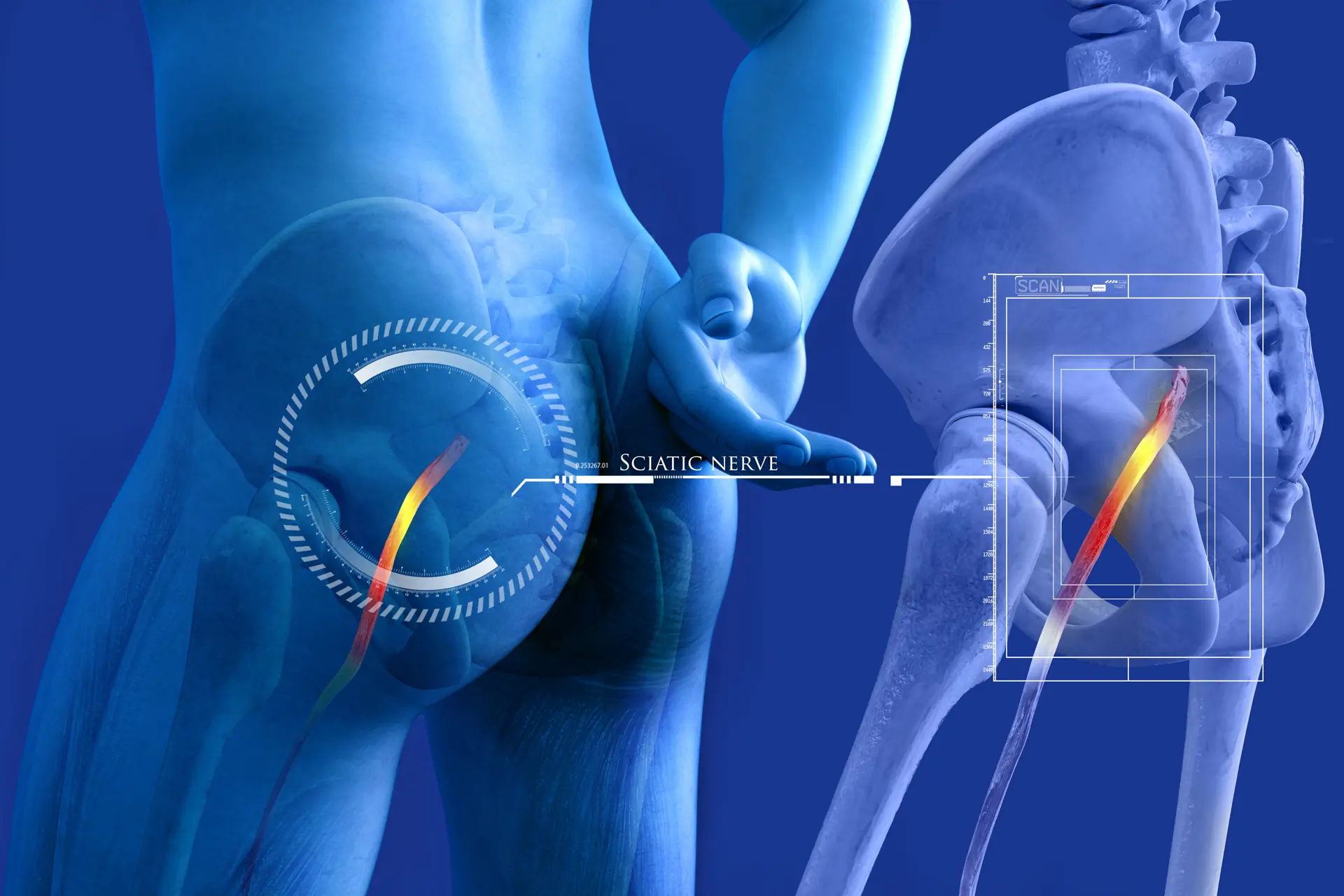Research
There is a considerable body of empirical evidence which demonstrates that chiropractic is a safe and effective form of health care delivery, particularly in the management of mechanical low back pain, and is particularly effective in the restoration of function and the return to mobility. Listed below are summaries of four published research articles which highlight not only the effectiveness of chiropractic intervention but also advise as to its inclusion in patients treatment protocols.
The Meade Trails – 1990 and 1995
Low back pain of mechanical origin; randomised comparison of chiropractic and hospital outpatient treatment. This large UK trial, funded by the Medical Research Council compared chiropractic and hospital outpatient treatment for managing low back pain of mechanical origin.
The outcome was that chiropractic treatment was 30% more effective than hospital outpatient management, mainly for patients with chronic or severe back pain. A follow up trail in 1995, confirmed these results and reported that patients treated by chiropractors derive more benefit and long term satisfaction than those treated in hospital. Both of these studies were published in the British Medical Journal.
Royal College of General Practitioners (1999)
Clinic Guidelines for the Management of Acute Low Back Pain – this study concluded that manipulation can provide short-term improvement in pain and activity levels and high patient satisfaction and that the risks of manipulation are very low in skilled hands. The guidelines which were issued to all GP members of the RCGP recommended that GPs should consider manipulative treatment for patients who need additional help with pain relief or who are failing to return to normal activities.
NICE (2006) IPG 183
Non-rigid stabilisation techniques for the treatment of low back pain – these guidelines state “Chiropractic intervention and posture training can limit episodes of acute pain. Spinal rehabilitation, which may include components such as education, lifestyle change, weight loss, general fitness and specific low-back training exercises, may be required.”
Department of Health (2006) Musculoskeletal Services Framework (MSF)
these guidelines that were launch in July 2006, as I am sure you are aware, describes a system that enables health and social care professionals to provide more easily a high-quality service to patients. A balanced, well planned system achieves that, and helps professionals to :-
- Treat patients at the appropriate point in the system (closer to home or work);
- Provide patients with better information to manage their condition, reducing avoidable admissions;
- Plan/manage patient flows through primary and secondary care, ensuring appropriate and timely referral to specialist care services;
- Develop capacity in primary care by offering a wide range of non-surgical alternatives, e.g. specialist practitioners, Chiropractic, osteopathy, podiatry, nursing, pain management advice, etc.
The MSF recognises that “Chiropractors provide evidence-based, timely and effective assessment, diagnosis and management of certain musculoskeletal disorders”
The above 4 research articles are but a small sample of the growing research base confirming how effective chiropractic, the world’s 3rd largest primary health care profession, can benefit a wide range of patient conditions.























